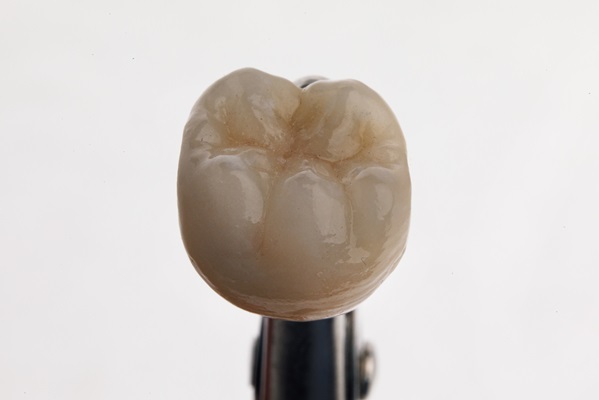What Materials Are Used in Dental Fillings?

Before we get into our discussion of the materials used for dental fillings, it is important to know what they are used for. Fillings are used to replace parts of teeth that have been affected by cavities, cracks, or damage from nail-biting or teeth grinding. There are various materials that fillings are made of. Read on to learn more about each material and the various combinations of materials used. Consult with your dentist to determine which filling material is best for you.
Gold fillings
Gold fillings will last approximately 10 to 15 years. However, gold is more expensive than other materials used for dental fillings. It may also take more time to place than other types of fillings, requiring more than one visit to the dentist.
Silver fillings (also known as amalgams)
Like gold fillings, silver dental fillings can last at least 10 to 15 years. They are also less expensive than composite fillings. However, silver amalgam fillings can sometimes require more tooth surfaces to be removed in order to create enough space to hold the filling in the correct place. It also turns the surrounding tooth surface gray. Silver fillings can also increase the risk of tooth cracking and fracturing because of a wider degree of expansion and contraction. Additionally, some people may have an allergic reaction to silver fillings.
Tooth-colored composite fillings
One of the unique things about composite fillings is that they can closely match the shade of your existing teeth, therefore offering a more natural look than gold or silver fillings. Composite fillings are bonded to the surface of the existing tooth, which provides more support than other materials. Composites are often used for tooth repair that does not involve cavities. Sometimes composite dental fillings require less tooth removal than silver fillings can. However, composite fillings only last up to five years, and they can also chip your teeth, depending on the location of the filling. Composite fillings can be twice as expensive as silver fillings, and they require multiple dental visits in order to be placed.
Ceramics/porcelain
Ceramic and porcelain dental fillings can last more than 15 years, which is longer than the lifespan of most other fillings. Ceramics and porcelain are also more stain-resistant than composite fillings. However, one downside of ceramic and porcelain dental fillings is that they can cost as much as gold fillings.
Glass ionomer (acrylic and a certain type of glass)
Glass ionomer fillings are most likely to be used for fillings that are below the gum line. This type of filling releases fluoride that helps prevent future cavities and tooth decay. Glass ionomers are weaker than composite fillings and more susceptible to wear and fractures. They only last five years at most. Glass ionomers cost about the same as composites.
There are a variety of options for dental fillings to repair cavities and other types of tooth decay and damage. Consult your dentist to determine the best option for you.
Request an appointment here: https://familydentistprescott.com or call Joseph A. Savoini D.M.D., P.C. at (928) 297-3040 for an appointment in our Prescott office.
Check out what others are saying about our dental services on Yelp: Dental Fillings in Prescott, AZ.
Recent Posts
Dental fillings are the perfect resolution to having a cavity and preventing more tooth decay. However, they do not last forever. If you opt to pay for the more expensive cast gold or porcelain fillings, then you are looking at up to 15 years before they may need to be replaced.Start taking care of your…
Dental bridges are a common treatment offered by a cosmetic dentist. This is because they can do so much to improve your smile and make you feel confident about yourself. If you have been looking for a cosmetic dentist, be sure to ask them about dental bridges. A cosmetic dentist can do so much with…
Dental veneers can enhance your smile in a significant way. Research shows that even Hollywood stars get these restorations for a quick but lasting transformation. Discussing the right shade with your dentist will allow you to get the results you want. Here are the benefits of getting dental veneers that you must consider.These restorations are…
Think you might need a dental crown? Read on to learn more about this restoration. Dental crowns play an essential role in restorative dentistry and are used primarily for correcting damage to the teeth. According to the Centers for Disease Control (CDC), 91% of Americans over the age of 20 have had cavities. Dental crowns…


